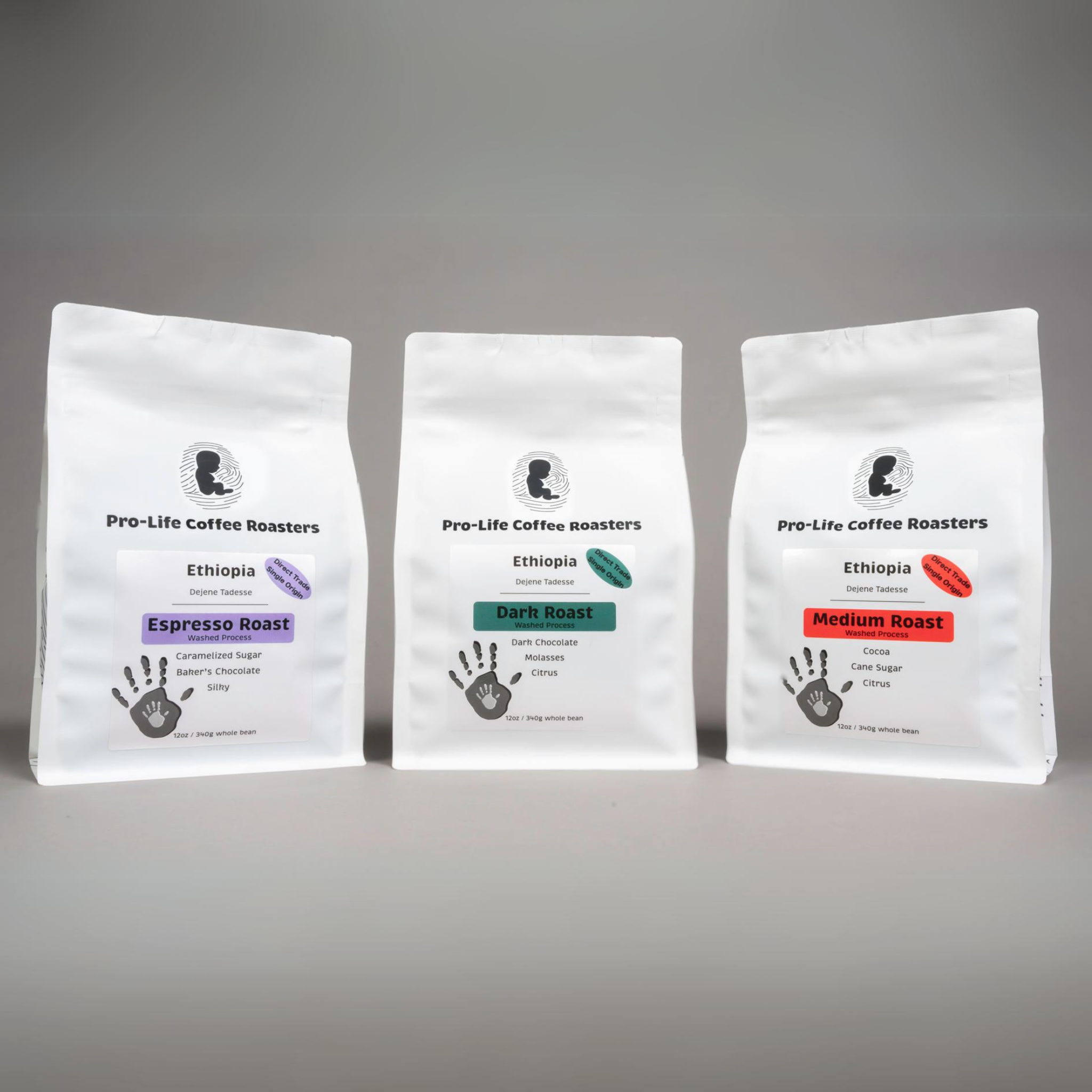SOE Single Origin Espresso – A Perfect Gift for Coffee Aficionados
SOE Single Origin Espresso – A Perfect Gift for Coffee Aficionados
Blog Article
Coffee Beans 101: Every Little Thing You Need to Know Concerning Coffee and Blended Coffee Beans
When it concerns coffee, comprehending the nuances of espresso and combined beans can transform your day-to-day cup. You'll find the distinct attributes of Arabica and Robusta beans, and how each effects taste and high levels of caffeine content. From the expanding process to toasting techniques, every action contributes in your coffee experience. What makes the best mixture? Let's check out the essential aspects that add to an exceptional mug of coffee.
Comprehending Coffee Beans: Kinds and Selections
When diving right into the world of coffee, understanding the types and selections of coffee beans is essential for each lover. You'll largely encounter two primary types: Arabica and Robusta. Arabica beans are recognized for their smooth, complex tastes and reduced caffeine content, making them a preferred amongst coffee enthusiasts. On the other hand, Robusta beans pack a strike with a stronger, more bitter preference and greater high levels of caffeine levels, often made use of in espresso blends.
Ethiopian Yirgacheffe supplies bright floral notes, while Colombian beans supply a well-balanced taste profile. By acquainting on your own with these beans and their flavors, you'll boost your coffee experience and make even more informed selections in your brewing trip.
The Growing Refine: From Seed to Bean
When you check out the trip of coffee, everything starts with seed option methods that set the foundation for quality. From there, cultivation and collecting play crucial roles in making sure the beans thrive. Handling methods change those collected cherries into the coffee beans you like.
Seed Option Methods
Selecting the appropriate seeds is vital for creating top quality coffee beans, as it lays the foundation for the entire growing process. Pay attention to the seed's age and storage space problems, as fresh seeds tend to sprout better. Think about the disease resistance of various ranges, as this can substantially affect your return.
Cultivation and Harvesting
As you nurture your coffee seeds right into flourishing plants, recognizing the cultivation and harvesting procedure is important for achieving the most effective taste and high quality. Beginning by planting your seeds in well-draining soil, preferably in a shaded area to protect them from straight sunlight. As your plants grow, preserve consistent wetness, and be conscious of their requirement for nutrients. Prune routinely to advertise airflow and healthy and balanced growth.
Hand-picking is commonly the best technique to guarantee just the ripest cherries are chosen. Timing is crucial; gathering too late or also early can impact the flavor profile of your beans.

Processing Methods Discussed
Once you've harvested your coffee cherries, the next important step is processing them to transform those vibrant fruits into the beans you'll brew. In the completely dry process, you spread out the cherries out in the sunlight to dry, enabling the fruit to ferment and give distinct flavors to the beans. Understanding these methods is vital to enjoying your coffee experience.
Toasting Strategies: Just How Taste Is Developed
When it involves roasting coffee beans, comprehending roast degrees is crucial to revealing their unique tastes. Each toasting method impacts the aroma and boosts the flavor advancement procedure, offering you a richer coffee experience. Let's explore how these elements integrated to elevate your everyday brew.
Roast Degrees Discussed
Roast levels play a vital role in shaping the taste account of your coffee. By understanding these levels, you can much better choose a coffee that matches your preference choices. Experiment with different roasts to find which one reverberates with you, enhancing your total coffee experience and enjoyment.
Impact on Aroma
The roast degree not only influences the preference of your coffee yet also significantly impacts its aroma. When you pick a light roast, you'll commonly notice brilliant, floral notes that can make your coffee smell vivid and fresh. As the beans dim, the aroma changes; a tool roast draws out much more balanced, caramelized fragrances, while a dark roast often tends to include bold, great smoky touches. Each roasting method releases different unstable substances, forming exactly how your coffee smells. Furthermore, the quality of the beans plays a critical role; newly roasted coffee launches much more fragrant oils, improving that attracting scent. Pay interest to the roast level-- it's vital to disclosing the full fragrant experience of your brew.
Taste Development Refine
As you discover the flavor development procedure, you'll discover that toasting strategies play a crucial role in forming the preference account of your coffee. The roasting temperature and time straight influence the level of acidity, sweet taste, and anger of the beans. Light roasts maintain even more of the bean's original tastes, highlighting flower and fruity notes. Medium roasts balance acidity and body, offering an all-round flavor. Dark roasts, on the various other hand, bring out vibrant, smoky qualities while decreasing the bean's intrinsic high qualities. Throughout toasting, chain reactions, like the Maillard reaction and caramelization, change the beans and improve their complexity. Explore different roasting degrees can aid you locate your ideal mixture, so do not be reluctant to taste and find the rich spectrum of tastes!
Coffee vs. Blended Coffee: Trick Differences
Coffee and mixed coffee each offer distinct experiences that satisfy different preferences and choices. Espresso is a concentrated coffee made forcibly warm water via finely-ground coffee beans, resulting in an abundant, vibrant taste and a creamy layer of crema on top. It's typically delighted in as a shot or made use of as a base for beverages like coffees and lattes.
On the other hand, combined coffee combines numerous beans from different regions, producing a more well balanced taste account. You'll often find blends that highlight level of acidity, sweetness, or body, making them functional for different brewing methods. While espresso concentrates on intensity, combined coffee might provide a more comprehensive variety of tastes that can transform with each sip.
Inevitably, your choice in between coffee and blended coffee boils down to your personal choice. Whether you hunger for a leisurely cup or a fast jolt, both options have something delicious to use.

Brewing Approaches: Unlocking the Perfect Mug
When it involves developing coffee, locating the right technique can change your experience and elevate your mug. Each brewing method has its special charm and can considerably affect your coffee's taste and aroma. For instance, making use of a French press permits you to appreciate a abundant and robust brew, while a pour-over method gives a clean, bright cup with unique flavors.
If you prefer espresso, buying a top quality machine can help you master the art of pulling shots. Conversely, for convenience, a single-serve hull system offers rate without compromising preference.
Don't forget concerning cool mixture, which provides a smooth, much less acidic coffee ideal for warm days. Experiment with various techniques to uncover what resonates with your taste buds.
Sampling Notes: Identifying Flavor Profiles
How can you absolutely appreciate your coffee if you do not know what tastes to seek? Tasting notes are your overview to comprehending the complicated globe of coffee. Pay attention to the initial tastes that strike your taste buds when you drink. You may identify fruity notes, like berry or citrus, or perhaps a nutty touch. As you proceed to taste, discover how the flavors develop-- this is called the "surface." Some coffees could leave a chocolatey or sugar aftertaste, while others may have a brilliant, tidy surface.
Take into consideration the body of the coffee, too; is it light and ventilated or thick and syrupy? Do not neglect acidity; a brilliant acidity can include sprightliness, while a reduced acidity might provide a smoother experience. By identifying these flavor profiles, you'll strengthen your connection with each cup, making coffee sampling a fascinating trip of discovery.

Tips for Picking and Storage Coffee Beans
Picking and saving coffee beans effectively can considerably improve your brewing experience. Beginning by selecting top quality beans that match your taste. Look for freshness; beans baked within the last 2 weeks are suitable. Check the roast day on the product packaging, and purchase from reputable roasters or local shops.
As Clicking Here soon as you have your beans, save them more helpful hints in an impermeable container to avoid direct exposure to air, light, and dampness. A dark, awesome place functions best, so stay clear of maintaining them in the refrigerator or freezer, as this can introduce moisture. Just grind the quantity you need to keep freshness; entire beans preserve taste longer than pre-ground coffee.
Lastly, try to use your beans within 2 to 4 weeks after opening for peak preference. Following these tips will certainly ensure your coffee remains delightful and tasty, raising your daily brew to new elevations.
Often Asked Concerns
For How Long Do Coffee Beans Remain Fresh After Roasting?
Coffee beans remain fresh for about 2 weeks after toasting - SOE. You ought to store them in an airtight container, far from light and dampness. Afterwards, their flavor and scent start to reduce considerably

Can I Mix Different Coffee Bean Varieties?
Definitely, you can blend various coffee bean ranges! Experimenting with blends can boost flavors and produce a special preference account. Just see to it to stabilize the strengths and qualities of each selection for the finest outcomes.
What Is the Suitable Grind Size for Coffee?
For coffee, you'll desire a fine grind size, about the appearance of salt. This permits excellent extraction, leading to an abundant, delicious shot. Experiment a bit to locate what matches your preference best!
How Does Altitude Affect Coffee Bean Flavor?
Elevation influences coffee bean flavor by influencing the development rate and chemical structure. Higher elevations cause slower growth, which improves level of acidity and intricacy, giving your coffee a dynamic and one-of-a-kind taste you won't neglect.
Exist Decaffeinated Variations of Coffee Beans?
Yes, there are decaffeinated variations of coffee beans. You can enjoy an abundant coffee flavor without the caffeine kick. Simply seek "decaf" blends at your local coffee store or specialty shop.
Coffee Beans 101: Every Little Thing You Required to Know About Espresso and Blended Coffee Beans.
When diving into the world of coffee, recognizing the types and ranges of coffee beans is crucial for every fanatic.When it comes to roasting coffee beans, understanding roast levels is crucial to revealing their special flavors. Espresso is a concentrated coffee brewed by compeling hot water through finely-ground coffee beans, resulting in an abundant, bold taste and a velvety layer of crema click now on top.On the other hand, combined coffee incorporates different beans from different areas, producing a more balanced flavor account.
Report this page